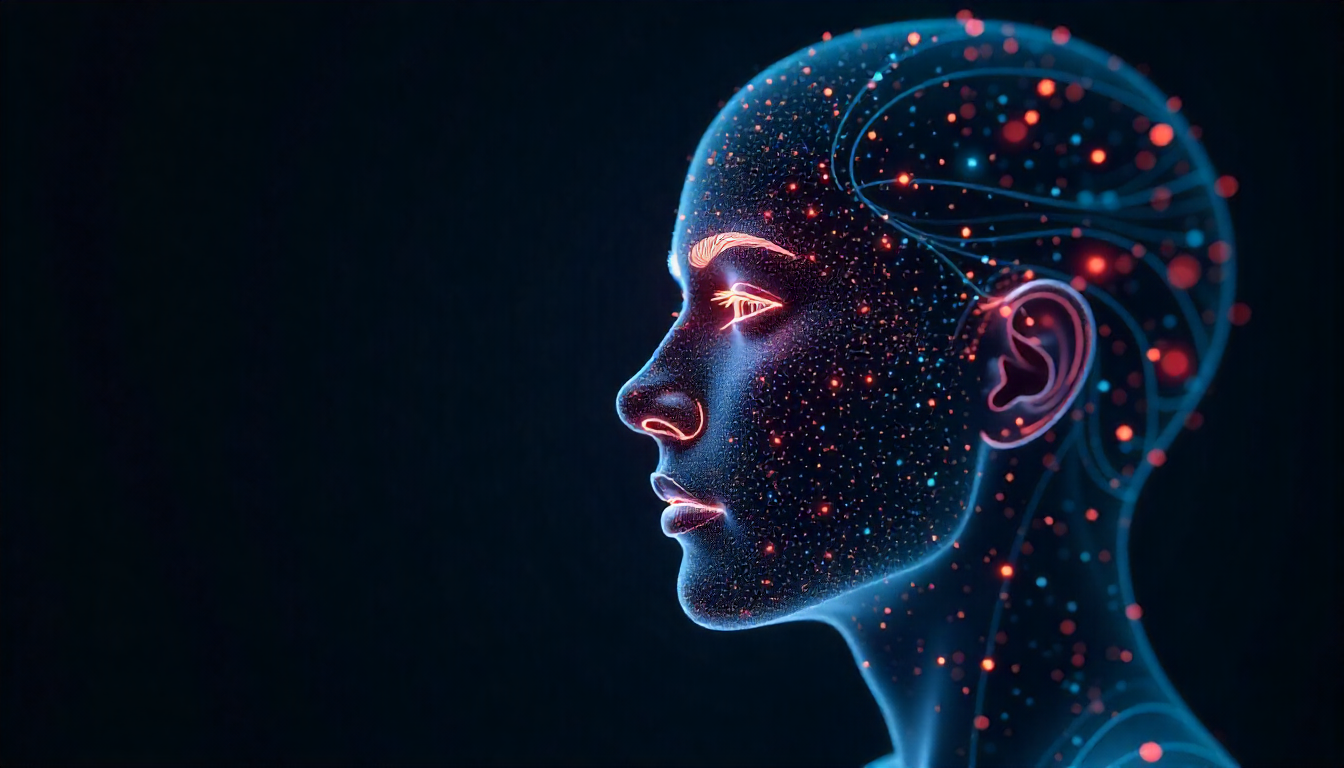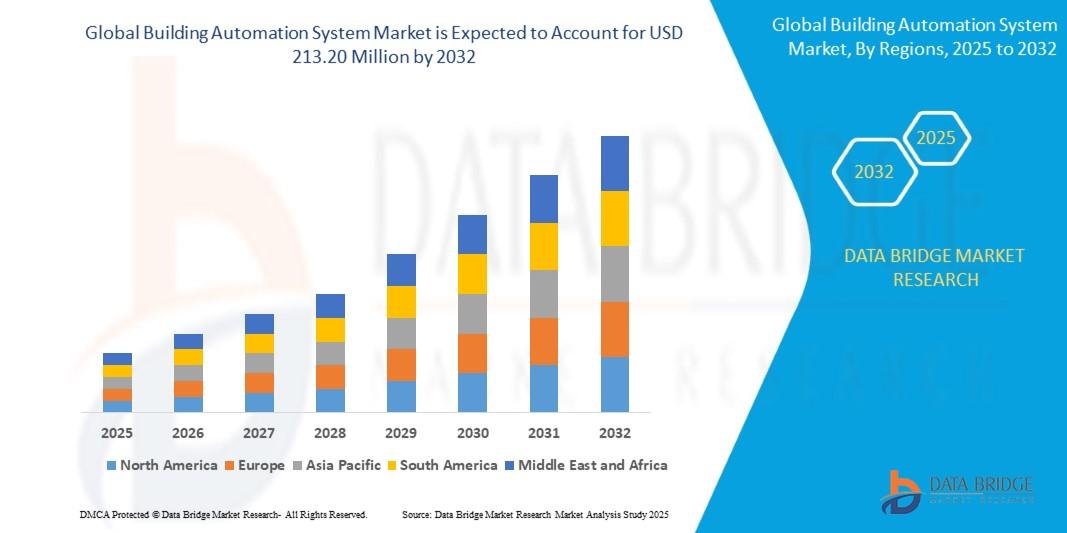The Role of AI in Modern Face Recognition Systems

The AI-Driven Evolution of Face Recognition Technology
The security landscape has undergone a dramatic transformation with the integration of artificial intelligence into face recognition systems. Modern AI algorithms have elevated face recognition from experimental technology to enterprise-grade security solutions that deliver unprecedented accuracy and reliability. Unlike early systems that relied on simple pattern matching, today's face recognition software leverages deep learning neural networks to analyze thousands of facial features simultaneously.
Contemporary AI-powered systems achieve accuracy rates exceeding 99.7% under optimal conditions, representing a quantum leap from traditional biometric approaches. These systems utilize convolutional neural networks (CNNs) that can identify individuals even when facing challenges such as varying lighting conditions, partial face obstructions, or aging over time. The sophisticated algorithms continuously learn and adapt, improving recognition accuracy through exposure to diverse datasets.
Machine learning capabilities enable modern face recognition systems to distinguish between identical twins, recognize individuals wearing glasses or masks, and maintain consistent performance across different demographic groups. This level of sophistication addresses historical concerns about bias and reliability that plagued earlier biometric technologies.
Face Recognition System vs. Traditional Access Control: A Comprehensive Comparison
Security Advantages and Vulnerability Assessment
Traditional access control methods—including keycards, PIN codes, and magnetic strips—suffer from fundamental security vulnerabilities that face recognition software inherently eliminates. Keycards can be lost, stolen, or duplicated, while PIN codes are susceptible to shoulder surfing and social engineering attacks. These conventional methods rely on "something you have" or "something you know," creating security gaps that malicious actors can exploit.
Face recognition systems provide "something you are" authentication, making unauthorized access significantly more challenging. The biometric nature of facial recognition eliminates the risk of credential sharing, a common security breach in traditional systems where employees share access cards or passwords. Advanced liveness detection algorithms prevent spoofing attempts using photographs or videos, ensuring that only living individuals can gain access.
Operational Efficiency and User Experience
From an operational perspective, face recognition systems dramatically reduce administrative overhead associated with traditional access control. Organizations eliminate costs related to card production, replacement, and management, while reducing help desk tickets for lost or forgotten credentials. The contactless nature of facial recognition improves hygiene standards—a consideration that has gained critical importance in post-pandemic environments.
User experience improvements are equally significant. Face recognition software enables seamless, hands-free access that doesn't require users to remember codes or carry physical tokens. This frictionless authentication reduces bottlenecks at entry points while maintaining superior security standards.
Scalability and Integration Capabilities
Modern face recognition systems excel in scalability compared to traditional access control infrastructure. Adding new users requires only enrolling their facial biometrics into the system database, eliminating the need to produce and distribute physical credentials. This digital-first approach particularly benefits large organizations with high employee turnover or temporary access requirements.
Integration capabilities represent another significant advantage. Contemporary face recognition software can seamlessly connect with existing security infrastructure, including CCTV systems, visitor management platforms, and enterprise resource planning systems. This integration creates comprehensive security ecosystems that provide administrators with holistic visibility and control.
Addressing Implementation Challenges and Privacy Concerns
Accuracy and Performance Optimization
While face recognition technology has achieved remarkable accuracy improvements, implementation success depends on proper system configuration and environmental considerations. Optimal camera placement, adequate lighting conditions, and regular system calibration ensure consistent performance. Advanced algorithms compensate for environmental variables, but understanding these factors is crucial for deployment success.
Quality face recognition systems incorporate multiple verification methods and confidence thresholds to minimize false positives and negatives. Administrative interfaces allow security managers to adjust sensitivity settings based on specific security requirements and risk tolerance levels.
Privacy and Regulatory Compliance
Privacy considerations remain paramount in face recognition system deployment. Responsible implementations include transparent privacy policies, secure data storage practices, and compliance with relevant regulations such as GDPR and CCPA. Leading solutions provide administrators with granular control over data retention periods and user consent management.
Videonetics: Leading Innovation in Face Recognition Technology
As organizations worldwide recognize the transformative potential of AI-powered security solutions, Videonetics has established itself as a premier provider of advanced face recognition systems. With extensive expertise in computer vision and artificial intelligence, Videonetics delivers comprehensive solutions that address the complete spectrum of access control and security monitoring requirements.
Advanced AI-Powered Recognition Engine
Videonetics' face recognition software incorporates cutting-edge deep learning algorithms optimized for real-world deployment scenarios. The platform processes high-resolution video streams in real-time, delivering sub-second identification results while maintaining exceptional accuracy rates. The system's neural networks are trained on diverse datasets to ensure reliable performance across different demographic groups and environmental conditions.
The platform's advanced liveness detection capabilities prevent spoofing attempts and ensure authentic user verification. Multi-factor authentication options provide additional security layers when required, while the system's adaptive learning capabilities continuously improve recognition accuracy over time.
Comprehensive Security Ecosystem Integration
Videonetics' face recognition system seamlessly integrates with existing security infrastructure, creating unified platforms that enhance overall security effectiveness. The solution connects with access control hardware, visitor management systems, and surveillance networks to provide administrators with centralized monitoring and control capabilities.
Real-time alerts and notifications keep security personnel informed of access attempts, unauthorized individuals, and system status updates. Comprehensive audit trails maintain detailed records of all access events, supporting compliance requirements and security investigations.
Scalable Architecture and Flexible Deployment
The Videonetics platform is architected for scalability, supporting deployments from small offices to enterprise-wide implementations across multiple locations. Cloud-based and on-premises deployment options provide organizations with flexibility to choose solutions that align with their infrastructure preferences and security policies.
Modular system design enables phased implementations that can expand based on organizational needs and budget considerations. Open API architecture ensures compatibility with third-party systems while protecting existing technology investments.
Expert Support and Professional Services
Videonetics' commitment extends beyond technology provision to include comprehensive implementation support and ongoing optimization services. Professional services teams work with organizations to design optimal deployment strategies, configure systems for specific requirements, and provide training for administrative personnel.
Continuous support ensures systems maintain peak performance while staying current with evolving security threats and technological advancements. Regular system updates and feature enhancements keep deployments at the forefront of face recognition technology.
Conclusion: The Future of Intelligent Access Control
The evolution of face recognition systems represents a paradigm shift in security technology, offering organizations unprecedented combinations of security effectiveness, operational efficiency, and user convenience. As AI algorithms continue advancing and deployment costs decrease, face recognition technology is becoming the standard for modern access control implementations.
Videonetics' innovative approach to face recognition software positions organizations to fully realize the benefits of intelligent security systems. Through strategic partnerships with experienced technology providers, businesses can implement robust, scalable security solutions that protect assets while enhancing operational efficiency. The future of access control is intelligent, contactless, and available today through advanced face recognition systems that transform how organizations secure their environments.






